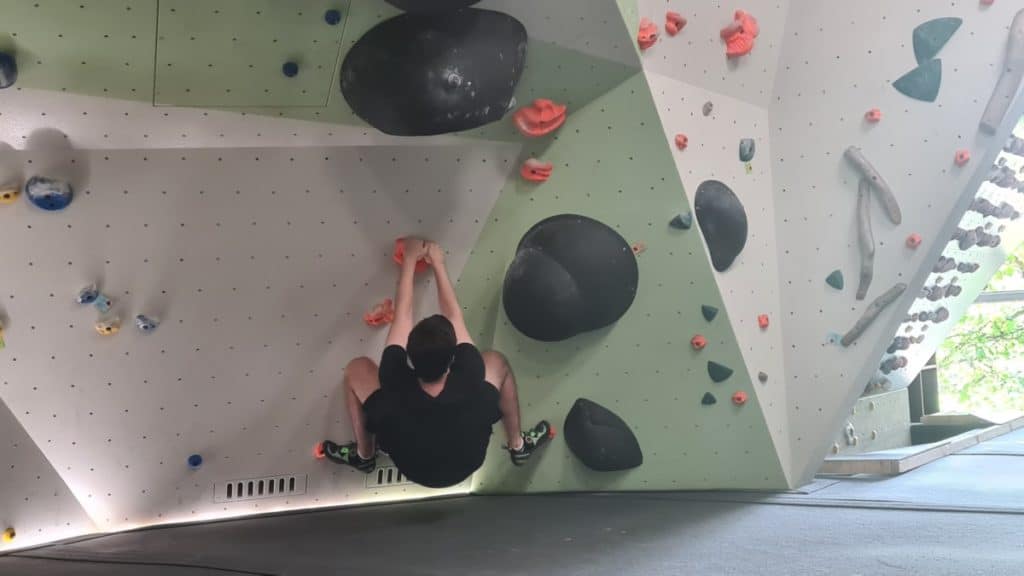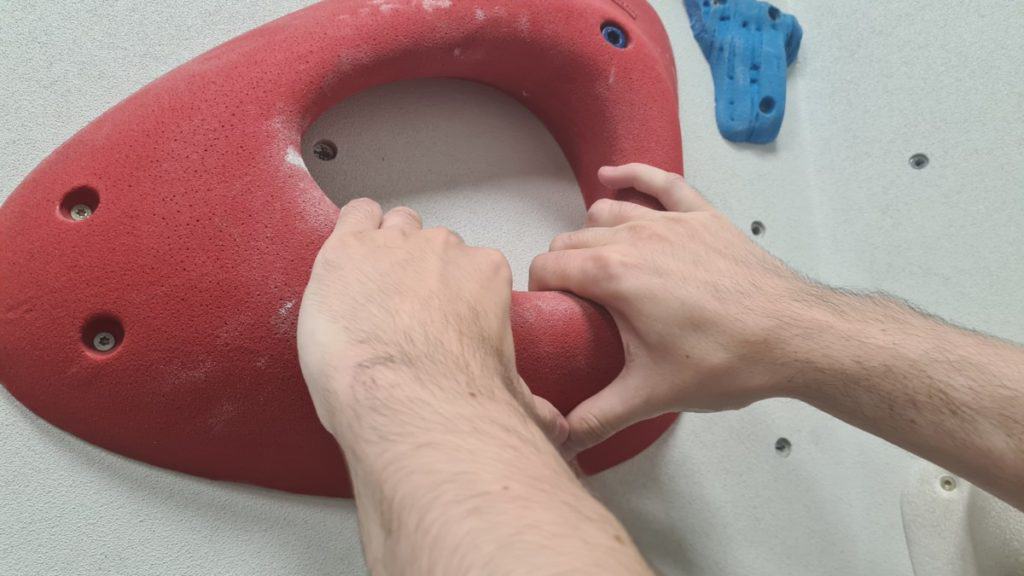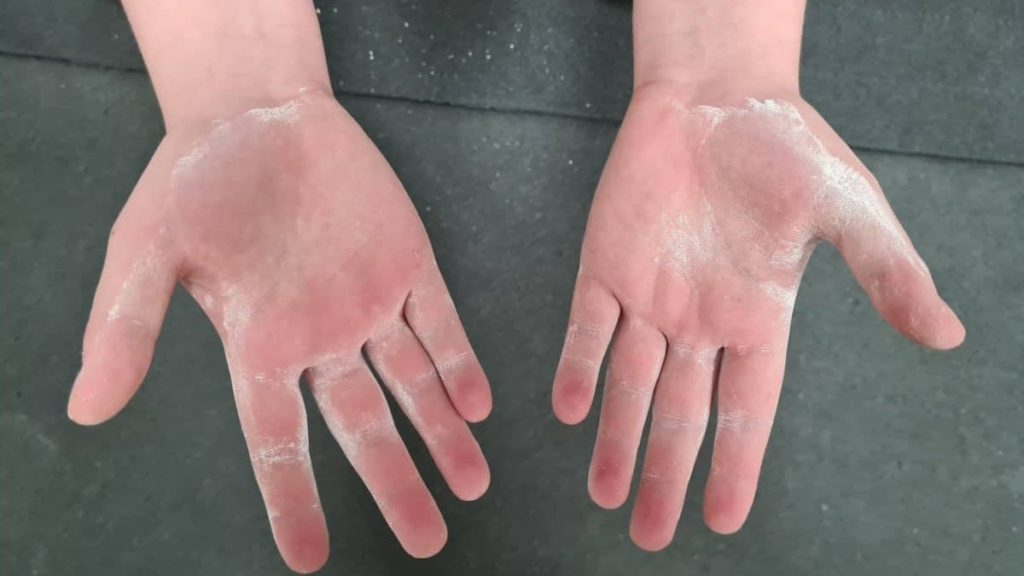
When I started indoor rock climbing I could just barely climb the easy routes and a seat start was a challange of its own. However I improved my climbing skills over years and and I know why rock climbing seems so hard to beginners that are just getting started.
Rock climbing is very hard for beginners, because it involves the whole body and requires finger strength that is unique to climbing and most people, that are just getting started, don’t have. Rock climbing is also very tough on the skin, which makes it especially hard, until your body adapts.
There are multiple things that make rock climbing a very hard sport. Most of them become more bearable as you get more experience by lots of practice. However there are also things you can improve and make easier as a beginner that don’t need a lot of effort.
Rock Climbing Requires Finger Strength
The main reason why rock climbing is so hard is the unique impact the climbing has on your fingers. No other sport or activity you do in your everyday live comes close to rock climbing. Because of this almost every beginner has underdeveloped finger strength for rock climbing.
This no problem, because you, as already mentioned, don’t need this specific kind of strength anywhere else than climbing. As you climb your fingers will get stronger and rock climbing won’t appear as hard as it did before. You can also train your fingers additionally to the normal climbing with hangboards.
However I strongly advise against additional finger training for beginners to rock climbing, because your joints and tendons have to get used to the impact climbing has on your fingers. They don’t need special training and it just increase the risk of injuring your hand. As you get more advanced and your fingers get used it, finger training on the hangboard might be an option to improve finger strength, but not as a beginner.
This lack of finger strength as a beginner is also the reason why you are so bad at climbing in the beginning and improve very fast, as your finger strength develops. The upper and lower body musculature is most of the times not the problem and already pretty well developed for rock climbing, as you also use and train it in your everyday life.
Developing general finger strength goes pretty fast, but getting really good at it reuqires much training and goes very slowly, because there are so many different joints and tendons in your fingers that need much time to develop and get used to rock climbing. If you want to know how long it took me to progress in rock climbing click here.
Because most beginners already have pretty good upper body musculature and poor finger strength every easy climbing route is made out of jugs. Jugs are holds that have a kind of pocket you can put all your fingers in and rab the hold with your whole hand. Like this almost the whole force is on your arms and not on your fingers.

The Impact of Rock Climbing on Your Forearms
Another body part that is also impacted in pretty much every climbing route is the forearm. Generally the forearms of beginners are underdeveloped aswell for climbing, which makes it so hard. Again, you don’t really need your forearm musculature in your every day life or in any other sport, as much as in rock climbing.
Because you always grab the holds with your hands and squeeze your finger together your forearms are involved in every climbing motion. This is the reason why most beginners feel forearm pain when climbing the first time or have a feeling of pressure in them.
Your forearms are not used to this kind of impact climbing has on them, so it feels very hard for you. When beginning to climb your forearms will most likely always be very hard after a couple of minutes, because they are so pumped up. It’s like every other muscle that is used in a way it wasn’t before.
When your body gets more used to rock climbing your forearms will evolve very fast and won’t always be pumped after a climbing session or hurt. Your forearms will also develope strength way faster than your fingers, because they don’t have as many joints and tendons.
Rock Climbing is Tough on Your Skin
Rock climbing as a beginner can feel very hard, because of the pain in your fingers, but it gets better over time. Because of the rough surface of the climbing holds the skin on your hands can get damaged if you climb for too long. If you want to learn how long a climbing session should be as a beginner and whats optimal click here.
Be very careful with your skin in the beginning, because it is still pretty thin. If your skin gets damaged while climbing take a break for a few days, because if you keep climbing it gets worse really quick. Give your skin time to heal fully and then climb again. As you climb more your skin gets thicker and less vulnerable.
In the picture below you can see the read areas on the hands. Those are the points where the most force presses on your skin when climbing.

Final Thoughts
Altough rock climbing seems to be very hard in the beginning, don’t give up and keep going. The sport is amazing, once you get better at it and the hard work will pay out. Just be careful that you don’t climb too much in the beginning and give your body time to get used to it.
When you climb consistently for a few months your fingers, forearms and whole body will adapt and many of the things you thought are hard as a beginner are easy now. However there are always new challanges in rock climbing that you will find hard again until you completed them. This is why I love this sport so much
